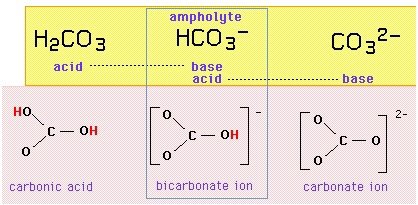KreativJustin
Aquarium Advice Freak
Hello All,
I am currently considering adding a co2 system for my 75g planted tank. Still doing a bunch of research before making the plunge. I am currently lightly to medium planted, but my plants are reproducing and I want to add more in the future.
So what I've seen so far is that you should start with a lower bubble count (1-2bps) and then move up after 2 weeks if needed. Is the bubble count & diffuser determined by the water parameters or size of the aquarium in gallons? I was browsing amazon for a diffuser and it had 3 different sizes, and the one determined the size by bps and gallon size.
All help is appreciated, thanks in advance!
I am currently considering adding a co2 system for my 75g planted tank. Still doing a bunch of research before making the plunge. I am currently lightly to medium planted, but my plants are reproducing and I want to add more in the future.
So what I've seen so far is that you should start with a lower bubble count (1-2bps) and then move up after 2 weeks if needed. Is the bubble count & diffuser determined by the water parameters or size of the aquarium in gallons? I was browsing amazon for a diffuser and it had 3 different sizes, and the one determined the size by bps and gallon size.
All help is appreciated, thanks in advance!

